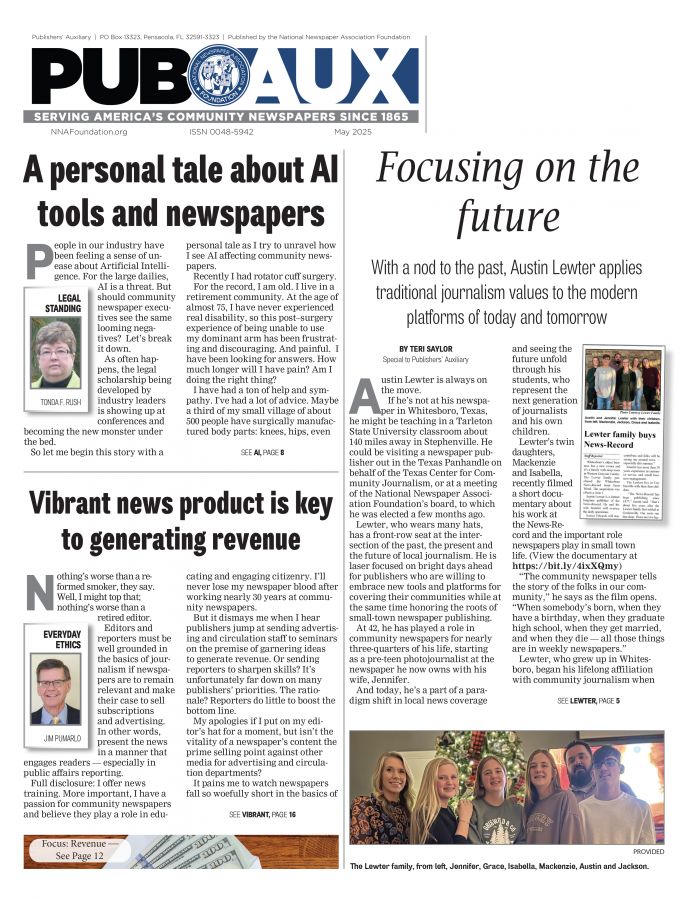12 ad campaign tips
John Foust
Oct 1, 2020


A single ad probably won’t generate much business. The real work is done in multi-ad campaigns. Here are a dozen tips:
1. Learn from history. It’s important to study your advertiser’s marketing history. If something worked, could that tactic be applied in the next campaign? If something failed, how can that mistake be avoided next time?
2. Pick the right target audience. Think specifics, not generalities. It’s impossible to sell a product or service to everyone. Select a particular segment of your overall audience and aim your message directly at them.
3. Study the advertiser’s competition. While you don’t want to duplicate what they are doing and risk being confused with them, there are lessons from things they have done. For example, if they ran a successful “Christmas in July” sale last year, you may want to consider a unique off-season sale this year.
4. Extend the budget with co-op. Many retailers can get advertising assistance from the brands they carry. Brands are eager for exposure and often share the cost of local ads. There are guidelines, so be sure to check things in advance.
5. Give readers a reason to buy in every ad. Although the word “campaign” implies long-term advertising, today’s readers might not be in the market for your advertiser’s products tomorrow. That’s why it’s a good idea to avoid “teaser messages” and go for the sale in every ad.
6. Be consistent. Each ad should look like it belongs to the same advertiser. In addition to consistent graphics — logo, typography, illustrative elements — the writing style should be the same.
7. Schedule frequency. Be sure to run ads often enough to be familiar to your target audience. Of course, frequency should increase during peak selling times and decrease during off-season times.
8. Consider testing. Does “buy one, get one free” resonate with readers? Or does it work better to say, “50% off when you buy two?” The discounts are identical, but you’ll never know which one is better unless you try both offers and keep count.
9. Adjust to surprises. When unexpected things happen, smart marketers adapt to the situation. For example, when the coronavirus pandemic first hit, office supply companies started promoting work-at-home supplies.
10. Mix print and online. Most newspapers offer both print and digital options. This creates greater flexibility — and bigger readership numbers — in campaign scheduling.
11. Get the advertiser’s sales team on board. The best ads in the world won’t work if the advertiser isn’t prepared to deal with the leads the ads generate. When there’s a special sale, everyone in the business should know the details. If there’s a new product, they should be able to talk features and benefits.
12. Measure results. When you track responses — and the resulting sales — you’ll be in position to do more of what’s working and less of what’s not working. This calls for a close partnership between your paper and the advertiser. © John Foust 2020. All rights reserved.
John Foust has conducted training programs for thousands of newspaper advertising professionals. Many ad departments are using his training videos to save time and get quick results from in-house training. Email for information: john@johnfoust.com










